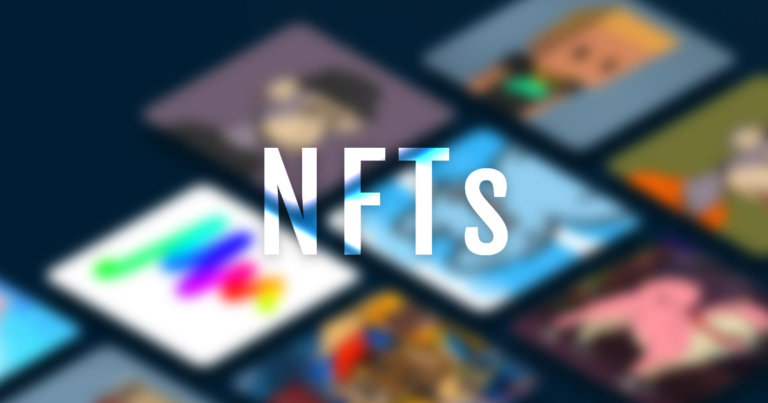 These NFT leaderboards reveal how DeFi players manage their portfolios
These NFT leaderboards reveal how DeFi players manage their portfolios These NFT leaderboards reveal how DeFi players manage their portfolios
Nansen’s NFT leaderboards and wallet profiler enable insight into strategies used by top collectors like “prolific” Pranksy.

Cover art/illustration via CryptoSlate. Image includes combined content which may include AI-generated content.
Analytics tool Nansen recently unveiled its non-fungible token (NFT) leaderboards and wallet profiler, a fun and comprehensive set of tools for examining top collectors’ behavior, while giving access to the best performing wallets and collections in ERC721.
While radically broadening options of what can be represented as a token on the Ethereum (ETH) blockchain, ERC721 tokens, better known as NFTs enable tokenized ownership of any arbitrary data.
Contrary to traditional art markets, blockchain enables preserving individual privacy, while acting as a public data reservoir that holds the potential for revealing market trends and buyer strategies.
Nansen analyzes more than 90 million labeled Ethereum wallets and their activity and by tracking exchanges, token teams and funds enable users to make more informed decisions based on larger entities’ investment strategies.
With the introduction of the NFT leaderboards, the blockchain analytics platform became extra appealing for a particular breed of crypto investors, namely NFT collectors.
Today, Nansen unveils our NFT leaderboards! ?
✅ Discover the best performing wallets of #NFT investors
✅ Available as an overall leaderboard or collection specific
✅ Updated in real-time and covering every #ERC721
✅ Open for all Nansen subscribers!https://t.co/E4fJaxmaK0— NansΞn (@nansen_ai) July 27, 2021
CryptoSlate talked to Alex Svanevik, CEO and cofounder of Nansen, who explained how those looking for insight into the best performing NFT collectors or collections can use their new set of tools for mastering strategic navigation through the new and rapidly expanding NFT ecosystem.
CS: Have you already received any feedback from the listed collectors?
AS: Some have commented that our figures seem a little low but that appears mainly due to us not counting profits from NFTs that have not been purchased. For example, if an account is an artist creating NFTs to sell or have been given NFTs for free we would not count the revenue from them.
For us, this was a key decision as it allowed us to focus on the savvy investor rather than just the well-connected individuals.
CS: What were the main technical challenges you faced while developing the ranking tool and how they shaped the appealing front-end concept?
AS: The NFT space is fast-paced and full of different standards. We wanted to address the lack of transparency that makes many collectors feel like they are going into projects blindly.
With this in mind, our biggest challenge was ingesting big amounts of data from the blockchain into a focused and clear dashboard. We tested the ranking tool with different parameters to make sure it surfaced the best wallets to follow and had to make some difficult decisions about what type of information was included.
The biggest challenge is ongoing: making sure that we get the deepest and broadest coverage of NFTs without losing the focus on what really matters to users.
CS: Did you set your bar for listing an account on the NFT leaderboards at a minimum ten NFTs bought and sold from over three collections in order to continue developing and promoting your market analysis as tools for strategic portfolio management?
AS: That’s right. It also helped clear the signal up. Anyone can get lucky once but consistently picking winners shows a depth of expertise. For those close to the data and active in the NFT scene there is something like an informal leaderboard.
Within the space, figures like Pranksy and some notable influencers are widely respected for both their capital and their ability to focus on successful projects.
We found that by restricting entry to those with more than 10 NFTs and 3 collections, the leaderboard became much more reflective of these market makers.




 Arkham Intelligence
Arkham Intelligence 

 Farside Investors
Farside Investors 
 CryptoQuant
CryptoQuant 
 CoinGlass
CoinGlass 

























































































